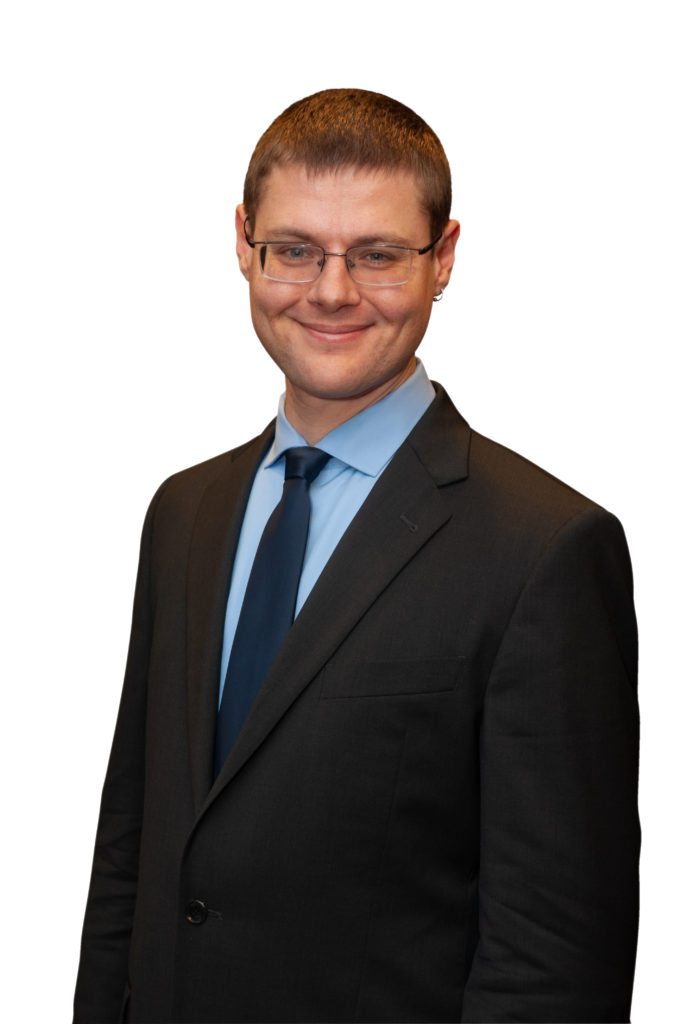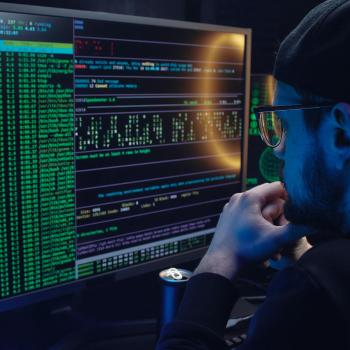
Using empathy to establish a good relationship with your organization’s stakeholders can pave the way to increased productivity and a stronger bottom line. By identifying your organization’s key influencers, you will be able to address a group of stakeholders whose decisions will have the most impact on your organization.
Learning the truth about your key influencers is critical to strengthening your relationships with them. One important thing that leaders need to keep in mind prior to engaging with their key influencers is that each relationship is dynamic and every meeting will have its share of high and low points. The key is to navigate through these points and have a productive discourse that will enable all parties to resolve issues and reach common ground.
Unfortunately, our instincts on such conversations often lead us astray due to dangerous judgment errors that result from how our brains are wired, what scholars in cognitive neuroscience and behavioral economics call cognitive biases. Fortunately, recent research in these fields shows how you can use pragmatic strategies to address these dangerous judgment errors, whether in your professional life, your relationships, or other life areas.
Learn the Truth About Your Stakeholders Using 3 Key Social Intelligence Methods
To facilitate a better exchange of thoughts and ideas, you can employ specific, tried-and-tested methods whenever you engage with your key influencers informed by social intelligence. Social intelligence refers to the strategic capacity to evaluate and influence other people’s emotions and relationships. Social intelligence-based methods will allow you to break the ice as well as strengthen the trust between your organization and your stakeholders.
A few months ago, I met with James, a coaching client of mine who is a VP of Sales of a B2B SaaS company. James learned that the CEO of a long-term, major client was thinking of potentially switching to their competitor. He was planning to meet with the CEO to learn why.
James approached me for advice because while he genuinely wanted to learn why the CEO was unsatisfied with their offering, he was unsure of how best to approach the CEO without coming off as too pushy or probing. I shared the following methods with James so that he can foster an open and sincere environment while meeting with the CEO – one of his key influencers – face to face:
1. Empathetic Listening
Go beyond the surface level when trying to understand your key influencers. This means that when they are communicating with you, you should listen to what they mean and not just what they say. Your goal is empathy, the skill of understanding what other people feel. Focus not only on their message’s content, but also on their tone and body language. By doing so, you will be able to figure out what they mean and what explains their feelings.
One of the best ways to demonstrate empathy while engaging with your key influencers is to show them that you are paying full attention to them and nothing else, through:
(a.) Nonverbal signals of attention, which includes:
- Constant eye contact (casual, not intense)
- Keeping your feet and shoulders pointed to them
- Keeping your arms open, if you are sitting
- Standing straight and not slouching, if you are standing
- Smiling, nodding, and using hand gestures at appropriate times
- Duchenne smile, not fake smile (includes eyes in smiling)
(b.) Non-interruptive verbal signals of attention – includes saying “uh-huh”, “ok”, “go on”, etc., at appropriate times
James decided to go ahead and meet with the CEO, Lisa, to discuss why their company was planning to switch to the competitor. Initially, Lisa wore a guarded expression and mostly gave terse answers to James’ initial questions. However, by maintaining eye contact and using non-interruptive verbal signals of attention, James was able to express to Lisa that he was sincerely interested in finding out why Lisa wanted to switch. Gradually, Lisa started to open up. James eventually learned that Lisa was unsatisfied with some of the price points for upgrading the product.
2. Echoing and Mirroring
Another way of showing that you are paying full attention is through echoing and mirroring, which includes:
(a.) Rephrasing the essence of what your key influencer is saying with your own words every one to three minutes. For example:
- “So what I’m hearing you say is ________. Is that right?”
- “You’re saying that _________. Do I have it correct and complete?”
If you have it right, the person you are talking to will be grateful that you were paying attention. If you don’t, they will be grateful that you checked and will correct it.
(b.) Using their jargon – Notice specific words that your key influencer is using relevant to the issue, and integrate them into your echoing.
(c.) Mirror in broad terms their tone and posture. For example, if they’re speaking formally, do so as well. If they’re leaning towards you, do so as well. Just pay attention to their body language and tone and try to match it, but don’t try to mirror everything quickly. When done correctly, this will help your key influencers feel connected to you and build trust.
Circling back to James’ meeting with Lisa, James had some flexibility regarding the price points and decided to offer it as a solution. By this time, the ice had already been broken and Lisa was already conversing with him in a less formal manner. James decided to mirror her tone and posture and offered the solution in a more relaxed manner as well.
3. Curious Questioning
Finally, injecting some genuine curiosity into your questioning will go a long way in expressing your sincere interest in your key influencer’s needs and concerns. It will help facilitate effective knowledge sharing and further refine your understanding of them.
The best way to do this is to envision what they would want you to ask them and to express curiosity in your questions without coming off as probing or provocative. Keep in mind that many people may not want to reveal their emotions directly, so an effective approach would be to ask them indirectly. For example:
(a.) “If I was in this situation, I would feel _______. How about you?”
(b.) You can also share a story about someone who felt an emotion you think they’re feeling in a similar situation, and see how they respond.
You should already have some basic ideas based on a pre-engagement assessment, empathetic listening, and echoing to check for understanding. Remember that the goal is to further refine your understanding of their emotions, goals, incentives, values, and obstacles.
A week after he consulted me, James e-mailed me with great news: Lisa had accepted the solution he offered. A crisis was averted and their business relationship was more amiable compared to how stilted it was before their meeting.
Conclusion
The best way to form lasting relationships with your stakeholders is to find out their needs and problems and address them. You can learn the truth by using the 3 social intelligence methods of empathetic listening, echoing and mirroring, and curious questioning. By doing so, you will be able to get to the root of problems, provide solid solutions, and strengthen relationships.
Key Takeaway
Using the three social intelligence methods during a stakeholder meeting will help you learn the truth about your stakeholders’ needs, which will empower you to solve their problems and foster stronger relationships with them.—> Click to tweet
Questions to Consider (please share your answers below)
- When was the last time you had difficulty learning the truth about your stakeholders’ needs and problems?
- Is there anything in the article that will help you to get your stakeholders to open up to you?
- Which next steps will you take based on reading this article?
Image credit: Pixabay
Originally Published at Disaster Avoidance Experts on April 7, 2020
—
Bio: Dr. Gleb Tsipursky is an internationally-recognized thought leader on a mission to protect leaders from dangerous judgment errors known as cognitive biases by developing the most effective decision-making strategies. A best-selling author, he is best known for Never Go With Your Gut: How Pioneering Leaders Make the Best Decisions and Avoid Business Disasters (Career Press, 2019), The Blindspots Between Us: How to Overcome Unconscious Cognitive Bias and Build Better Relationships (New Harbinger, 2020), and Resilience: Adapt and Plan for the New Abnormal of the COVID-19 Coronavirus Pandemic (Changemakers Books, 2020). He has over 550 articles and 450 interviews in Inc. Magazine, Entrepreneur, CBS News, Time, Business Insider, Government Executive, The Chronicle of Philanthropy, Fast Company, and elsewhere. His expertise comes from over 20 years of consulting, coaching, and speaking and training as the CEO of Disaster Avoidance Experts, and over 15 years in academia as a behavioral economist and cognitive neuroscientist. Contact him at Gleb[at]DisasterAvoidanceExperts[dot]com, Twitter @gleb_tsipursky, Instagram @dr_gleb_tsipursky, LinkedIn, and register for his free Wise Decision Maker Course.














